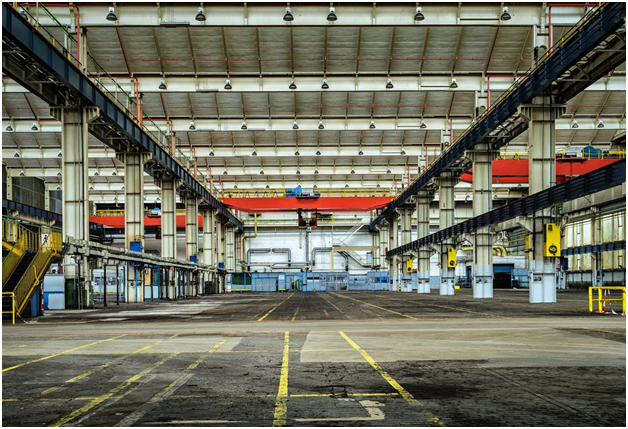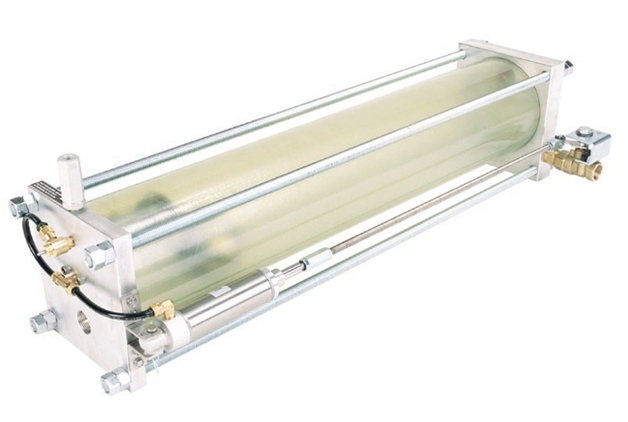What Is a Zero-Loss Drain Valve [And Why It Matter…
Posted by AVP on Mar 2nd 2022
Compressed air is used as a power source in a wide range of industries, used to power pneumatic machinery and tools such as drills and hammers. It is a versatile power source, but it must be clean, contaminant and impurity-free, and dry.
Unfortunately, condensates arise in compressed air, simply from the process of compressing the air, which causes impurities such as water (and other contaminants) literally to condensate out of it.
Condensates and compressed air systems just don’t mix. They can cause a wide range of problems within compressed air systems and consequently, they must be removed. One such method for removing condensates is known as a drain valve, and one class, known as zero loss drain valves, can be highly effective at removing condensates from compressed air systems. Here’s what you need to know.
The Problems of Condensates in Compressed Air Systems
Condensates that form in compressed air systems can cause a wide range of problems. Notably, water in the system can wash away lubricants from the tools and machinery themselves, causing premature wear at points of high friction which can lead to unplanned downtime and high costs associated with maintenance or repair.
Condensates themselves are also highly corrosive. A compressed air system may contain many naked metal components, all of which will corrode in contact with water. This, like the loss of lubricant from the system, can complicate operations, cause downtime, and result in costly, time-consuming repairs.
Liquid water can obstruct control lines, cause system reading errors, or freeze inside the lines, damaging pipes. It can also cause “water hammer,” which sounds like a loud knocking or slamming within the system and can severely damage pipes and equipment.
Any filters in the compressed air system can become clogged with condensates, which will hamper the efficiency of the system. Also, in extreme cases, if water backs up into the compressor itself, it can irreparably damage it.

Drain Valves and Compressed Air Systems: A Necessary Relationship [Why Water in a Compressed Air System Is Not Good]
One of the ways to combat condensates in a compressed air system is with a device (or a series of devices) known as a drain valve.
The drain valve is a small device that is typically located at the air receiver of the compressor, although sometimes the drain valve is located on the reserve tank.
All compressed air contains some moisture. The basic purpose of a drain valve is to allow water to escape from the system. This is one measure to help prevent condensate accumulation that can cause the issues mentioned in the previous system.
However, some drain valves in compressed air systems can also cause their own problems. Specifically, when drain valves are left in the open position in an attempt to prevent any condensates from accumulating into the system, it can result in a loss of pressure in the system that will cause decreases in system efficiency.
One of the solutions to this specific problem is a device known as a zero-loss drain valve.
What Is a Zero Loss Drain Valve?
The function of a zero loss drain valve is very similar to what its name suggests. Like other drain valves, zero loss drain valves allow condensates like water, chemicals, and other contaminants to escape from compressed air systems.
However, a zero loss drain valve is different from other types of drain valves in that it will only open when condensates are present and it will not allow any loss of pressure into the environment.

Are There Distinct Advantages of Zero Loss Drain Valves?
Zero loss drain valves offer unique advantages over certain other types of drain valves, specifically, over manual drain valves.
Manual drain valves need to be opened by an operator to allow condensates to escape. This is highly inefficient and inopportune venting can allow condensates to accumulate in the system. These drain valves can also result in the loss of compressed air.
Creating compressed air and maintaining a compressed air system is expensive. A zero loss drain valve, especially one that is automated, can help prevent wasted resources in the form of lost compressed air while also preventing the undue accumulation of condensates in the system.
Are There Other Types of Drain Valves?
In addition to manually operated and zero loss drain valves, there are other types as well. Some of these offer similar advantages to zero loss drain valves.
For example, float operated valves solve some of the problems associated with manual drain valves. In these systems, condensates are allowed to flow into a special reservoir with a float. When the condensate level reaches a certain point (as monitored by the float sensor) the valve will open, automatically draining the condensates contained within.
There are also timer-operated control valves, which release condensates are regular or pre-programmed intervals. While these types of valves do not require manual operation, if the timer is not set properly or the system is irregularly monitored, it can result in inefficient release of condensates.
Contact Us to Learn More
One effective optimization of compressed air systems is the use of practical, zero loss condensate drain valves. In fact, optimizing a compressed air system to help prevent the loss of compressed air can potentially improve the efficiency of the system by 20% to as much as 50%.
Zero air loss drains solve two of the problems that most commonly affect the efficient operation of compressed air systems: condensate accumulation that can hamper the system and loss of compressed air. They also free operators from the need to constantly attend the system, opening and closing manual valves. Even better, they prevent operators from accidentally leaving drain valves open.
Drain valves only account for some of the equipment responsible for managing condensates in compressed air systems. If you have any questions about drain valves, compressed air dryers, or other effective ways to reduce and manage condensates in a compressed air system, trust the experts and give us a call.
You can reach us at 281-866-9700 or by email at Sales@AirVacuumProcess.com
![What Is a Zero-Loss Drain Valve [And Why It Matters] What Is a Zero-Loss Drain Valve [And Why It Matters]](https://cdn11.bigcommerce.com/s-oftf4oox5p/images/stencil/190x250/uploaded_images/oss1.jpg?t=1646220885)